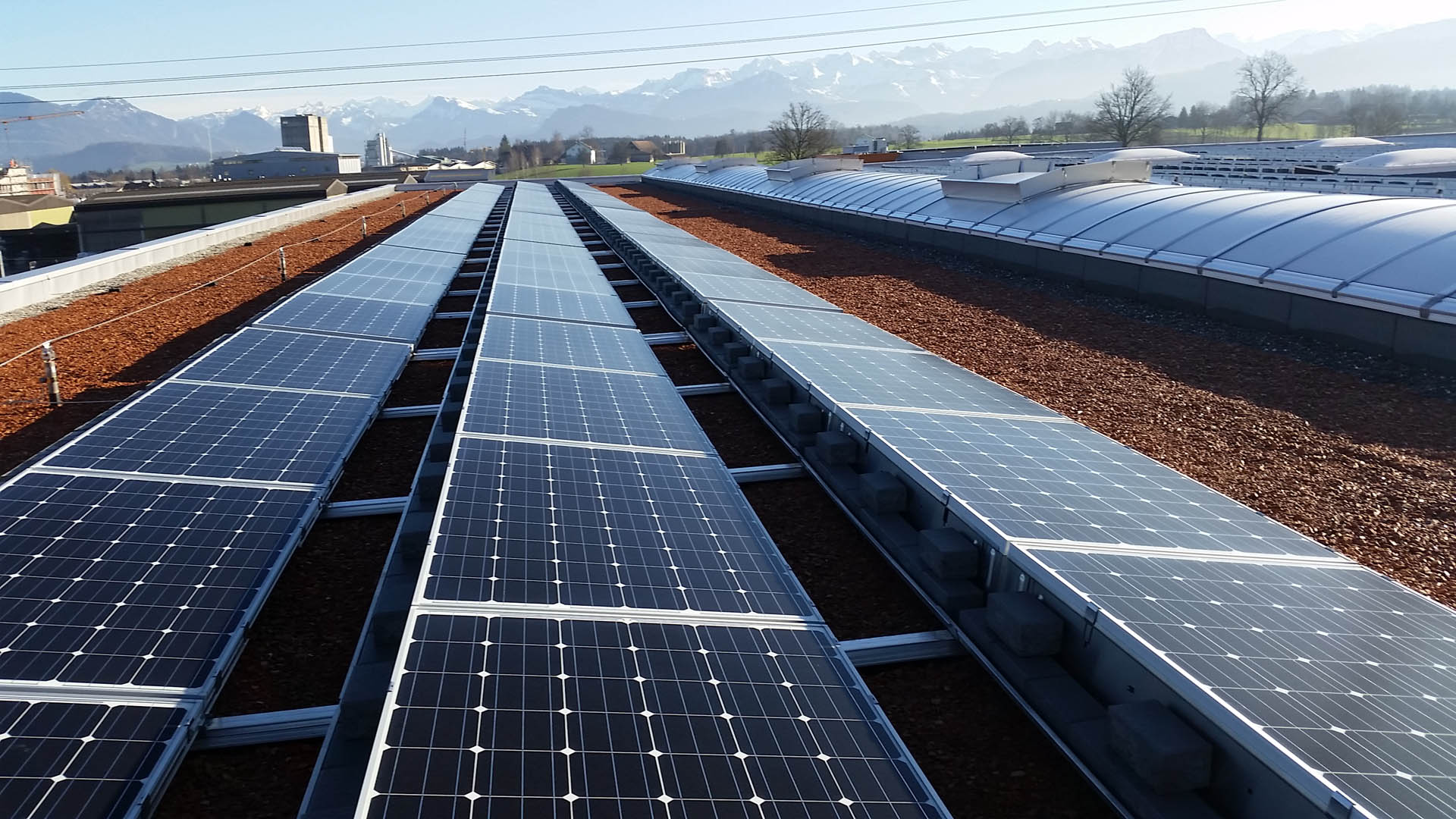Scope2: What You Buy
Scope 2 in GHG emissions
Scope 2 in GHG emissions refers to indirect emissions from the consumption of purchased electricity, steam, heating, or cooling by an organization. These emissions occur at the facility where the energy is generated but are accounted for by the organization that uses the energy. Scope 2 emissions typically come from electricity usage, making them a significant part of many companies' carbon footprints.
Energy Transition Solutions
Shifting from high-carbon, grid-supplied electricity or energy sources to cleaner, renewable alternatives to reduce indirect emissions. Organizations can transition by purchasing renewable energy credits (RECs), entering power purchase agreements (PPAs) for wind or solar energy, or installing onsite renewable energy systems like solar panels. Another strategy is sourcing electricity from green tariffs or sustainable energy programs offered by utility providers. By transitioning to low-carbon or zero-carbon energy sources, companies can significantly reduce their Scope 2 emissions while contributing to broader decarbonization efforts.

Energy Efficiency Solutions
Energy efficiency in Scope 2 emissions focuses on reducing the amount of purchased electricity, steam, heating, or cooling required for operations. Organizations can improve energy efficiency by upgrading lighting systems to LED, optimizing heating and cooling with smart thermostats, and using energy-efficient appliances and machinery. Implementing energy management systems can track and optimize energy use across facilities, further reducing consumption. Additionally, retrofitting buildings for better insulation and energy performance can lower the demand for heating and cooling, directly impacting Scope 2 emissions.
Descaling
Cooling systems are essential for maintaining optimal conditions in various industries, but they can also be significant energy consumers. Our energy-efficient cooling solutions are designed to reduce your operational costs while minimizing your environmental impact. Discover how our advanced technologies can help you achieve sustainability goals without compromising performance.
HVAC Optimisation
AHU Fan, is fans powered by an Electronically Commutated (EC) motor, which is highly efficient and advanced type of motor combining AC and DC technologies. EC Fans are used in various applications where energy efficiency, precise control, operational reliability and low noise are important, Sectors used such as HVAC, data centers and industrial cooling.
Battery Energy Storage System (BESS)
Battery Energy Storage Systems (BESS) are technologies that store electrical energy in chemical batteries and discharge it when needed.
